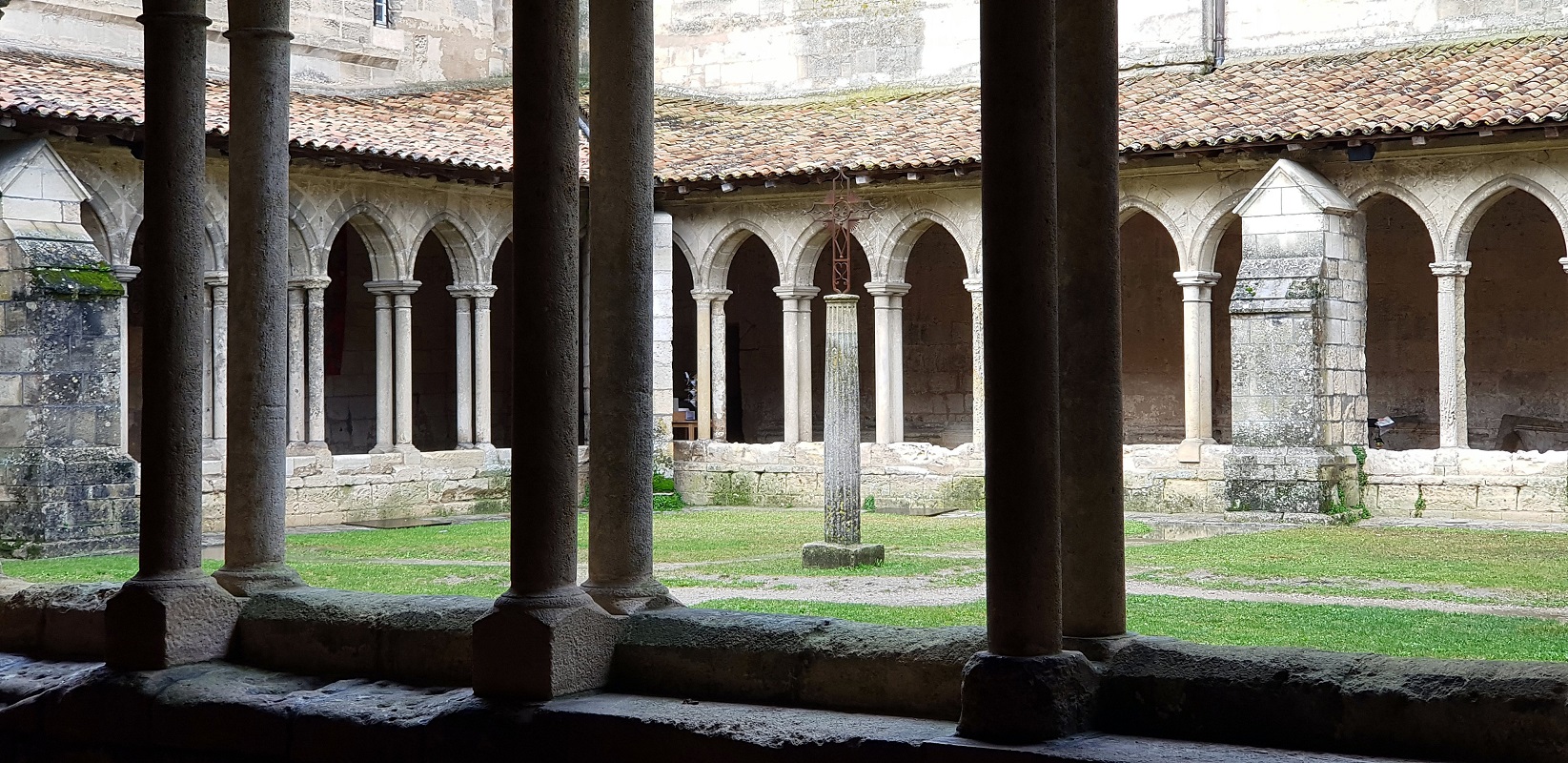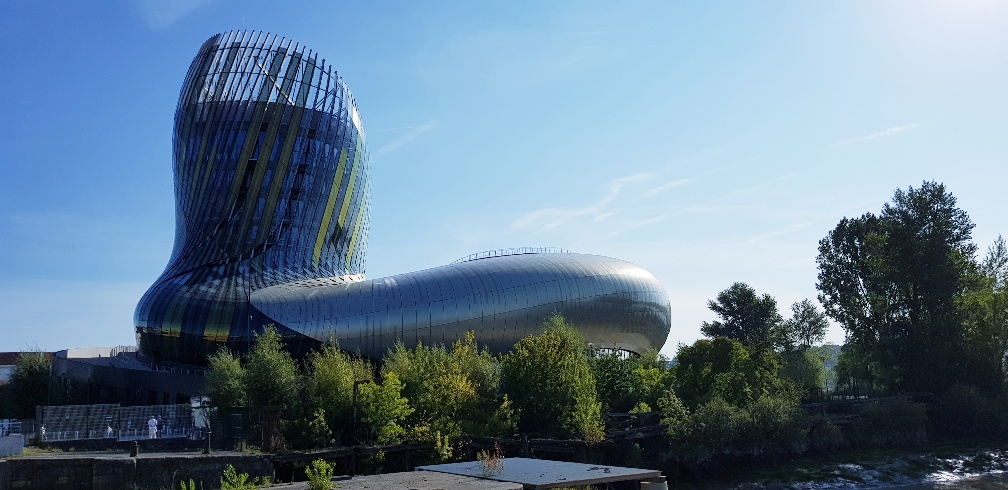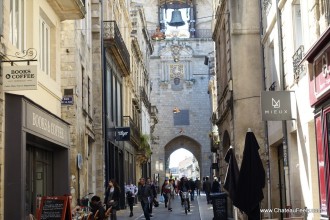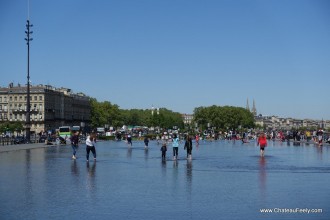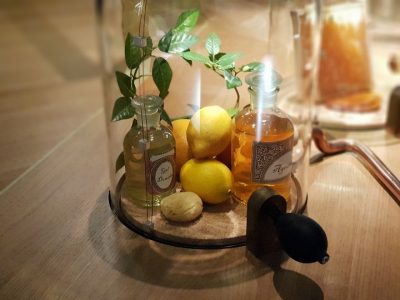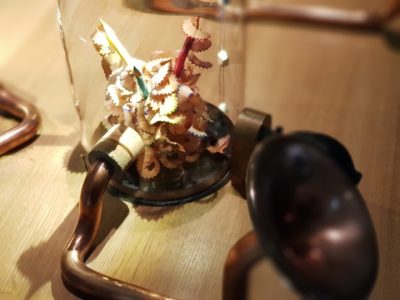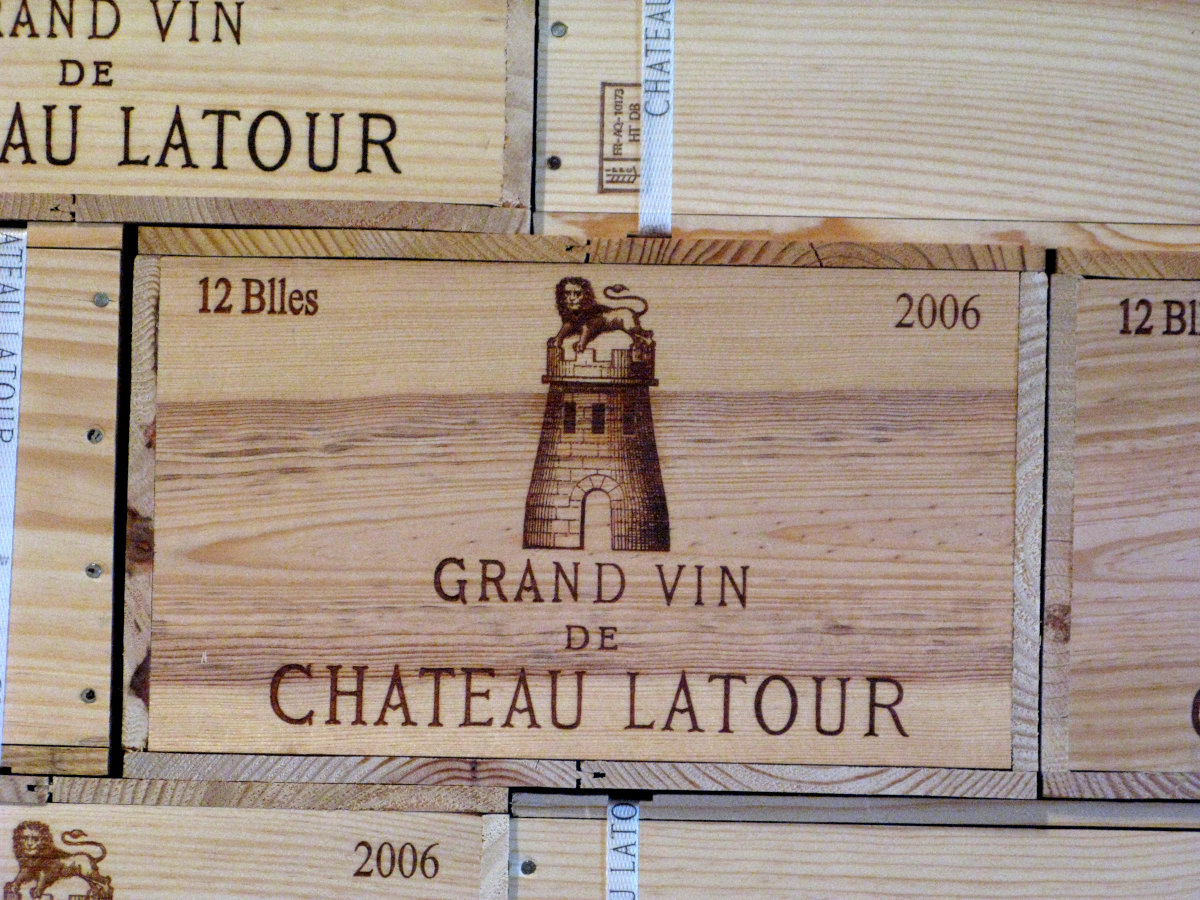
The Bordeaux Wine Region
In this post I dive into Bordeaux to understand more about its production and famous appellations. Bordeaux is the largest appellation area in the world with around 110 000 hectares, around 6 000 wine producers, of which most are still family owned and run, and 65 appellations. An appellation, more specifically AOP or ‘appellation d’origine protegee‘, protected designation of origin (PDO) in EU English, is a designated and protected named region and an associated traditional product. In Bordeaux wine, they range from the overarching regional Bordeaux appellations for red, white dry and sweet, rosé and clairette, and Crémant white and rosé – to sub-region appellations and commune appellations. There is something for everyone in this massive region which is a key part of the tours we offer here at French Wine Adventures.
Adapting varietals for Climate Crisis
Each appellation has a different set of production rules including the varietals that can be used so if you know the appellation you can usually guess the most likely varietals in the wine even if they are not on the label. Fixed varietals are a thorn in the side of winegrowers as we navigate the climate crisis as one of the ways to adapt to changing conditions is by changing the varietals planted. Late 2020, the INAO approved new grape varieties for AOC Bordeaux/Bordeaux Superieur. Bordeaux in small amounts, less than 10% of the blend. These varieties are four red grapes—Arinarnoa, Castets, Marselan, and Touriga Nacional—and two white grapes—Alvarinho and Liliorila. This is approval to plant so these grapes won’t show up in the wine for a few years.
Red Wines
Bordeaux reds are primarily a blend of Merlot and Cabernet sauvignon and will remain so despite the new additions. The red grape plantings are 66% Merlot, 22% Cabernet sauvignon, 9% Cabernet franc, 3% other.
Understanding the reds from Bordeaux starts with understanding the soil. The Left Bank, left of the Gironde estuary and the Garonne river, key regions Medoc and Graves, has a layer of gravels that came down from the Pyrenees on a glacial melt millions of years ago, over a base of limestone and clay. The Right Bank, right of the Gironde estuary and the Garonne river, and north of the Dordogne river, is largely limestone and clay, hence cooler than the gravels. Cabernet sauvignon prefers warm conditions, therefore it tends to be the primary red grape on the left bank and Merlot prefers the slightly cooler limestone, so it tends to be the primary red grape on the right bank. There is nothing to beat getting into the vineyards and seeing the terroir up to appreciate these differences.
If we delve a little deeper, we can discover appellation nuances like:
· Saint Émilion, the most recognised commune appellation in the world, home to some of the most expensive wines and typically majority Merlot based offering smooth, generous, and accessible wines. We’ll dive deeper into St Emilion in the next edition.
· Pauillac, a commune in the district of Haut Médoc, home of three of the five red wines classified ‘grand cru’ in 1855. Here the blend is generally biased towards Cabernet sauvignon offering tannic wines with longevity and classic blackcurrant aromas.
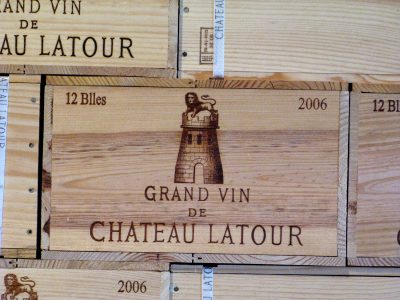
A hallowed premier grand cru classé from Pauillac – Chateau Latour
White Wines
Bordeaux is most famous for red wines, but the region also produces great dry and sweet white wines with a white grape planting split of 46% Semillon, 46% Sauvignon Blanc, 5% Muscadelle and 3% other.
Dry whites include Pessac Léognan, often a richer style with barrel aging; and Entre-deux-mers, usually a fresher style with more Sauvignon blanc. Entre-deux-mers is the large region between the Garonne and the Dordogne Rivers, hence the name ‘Between-two-seas’. Sweet white wines are primarily from Sémillon, of which Sauternes AOP, south of Bordeaux city, is the most famous.
Conclusion
Bordeaux offers a diverse world of wine including a growing selection of organic wine. Explore the region with us this season. We would love to see you here.
Santé! Here’s to fine wine and good health! Discover Bordeaux on one of our Multi day Wine Tours, Vineyard Walking tours or a Wine Day tour !
Learn more about wine by reading Caro Feelys books – memoirs about life on a wine farm and organic vineyard in France.

